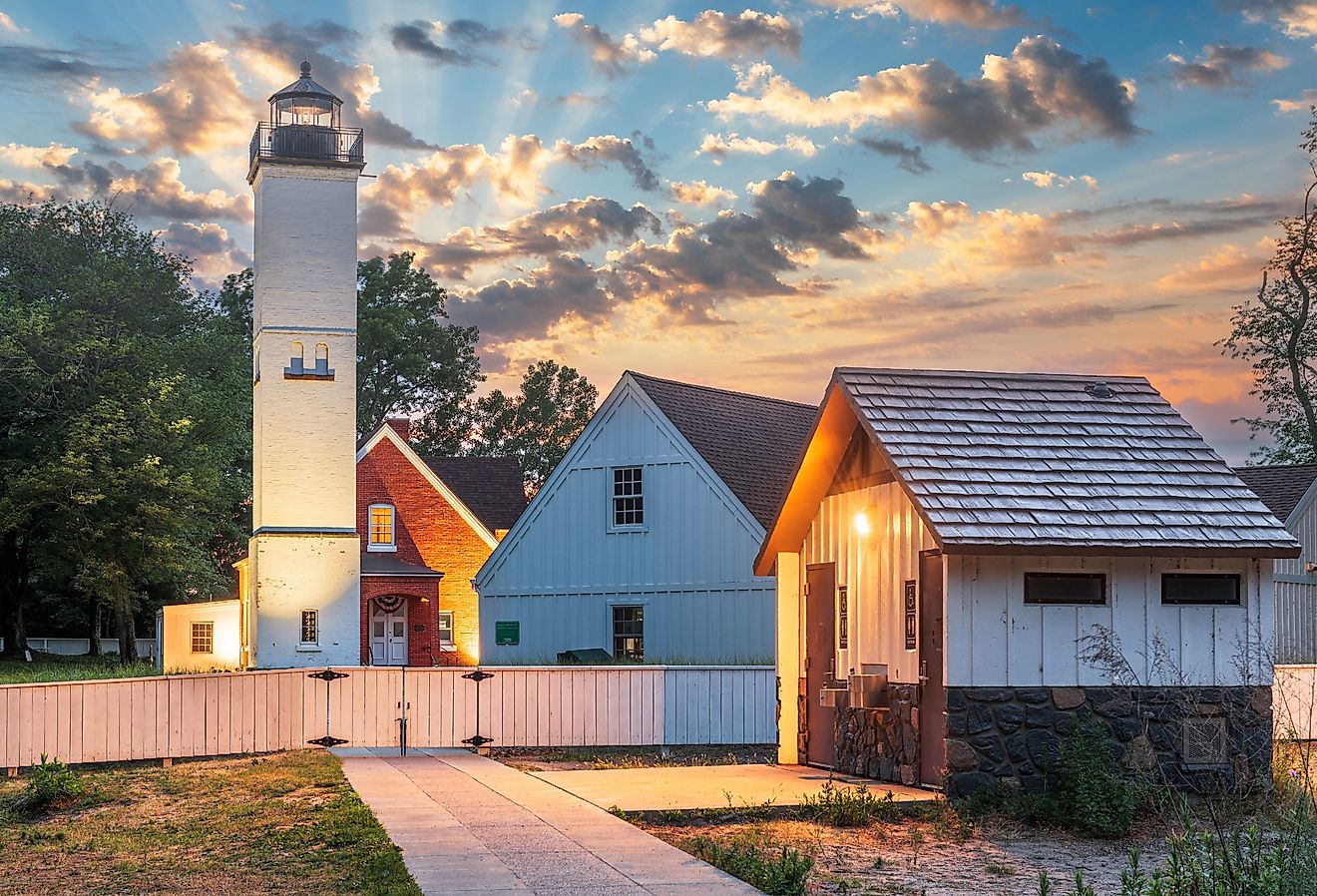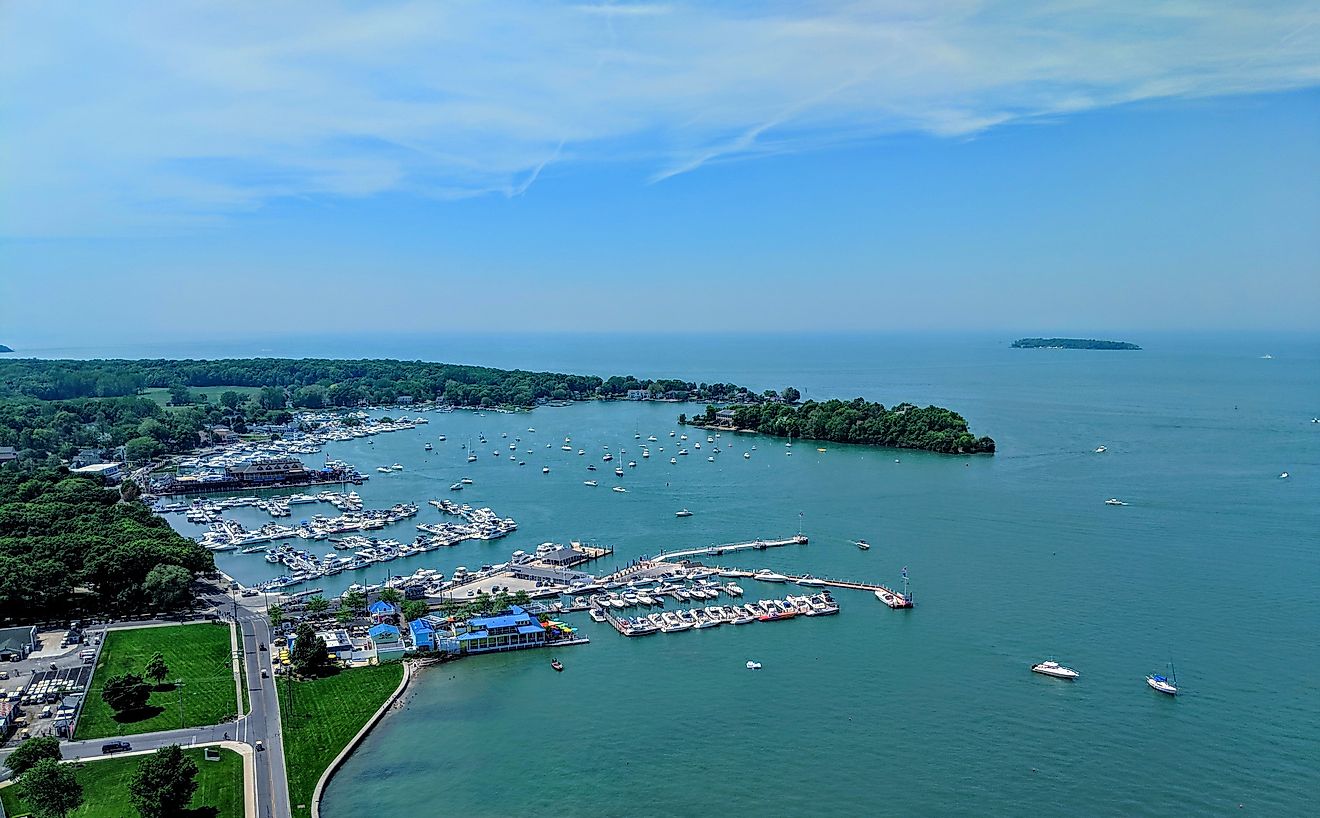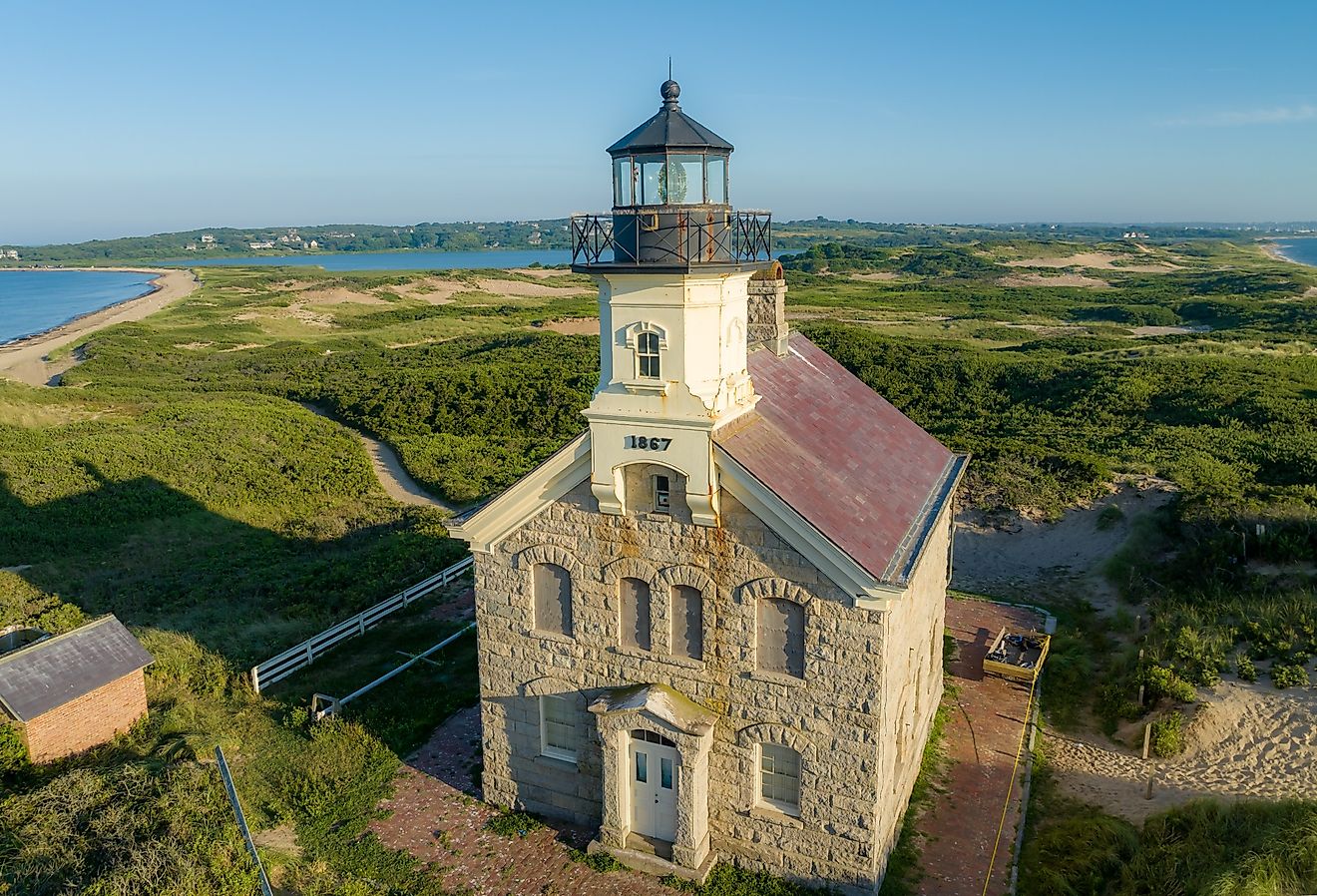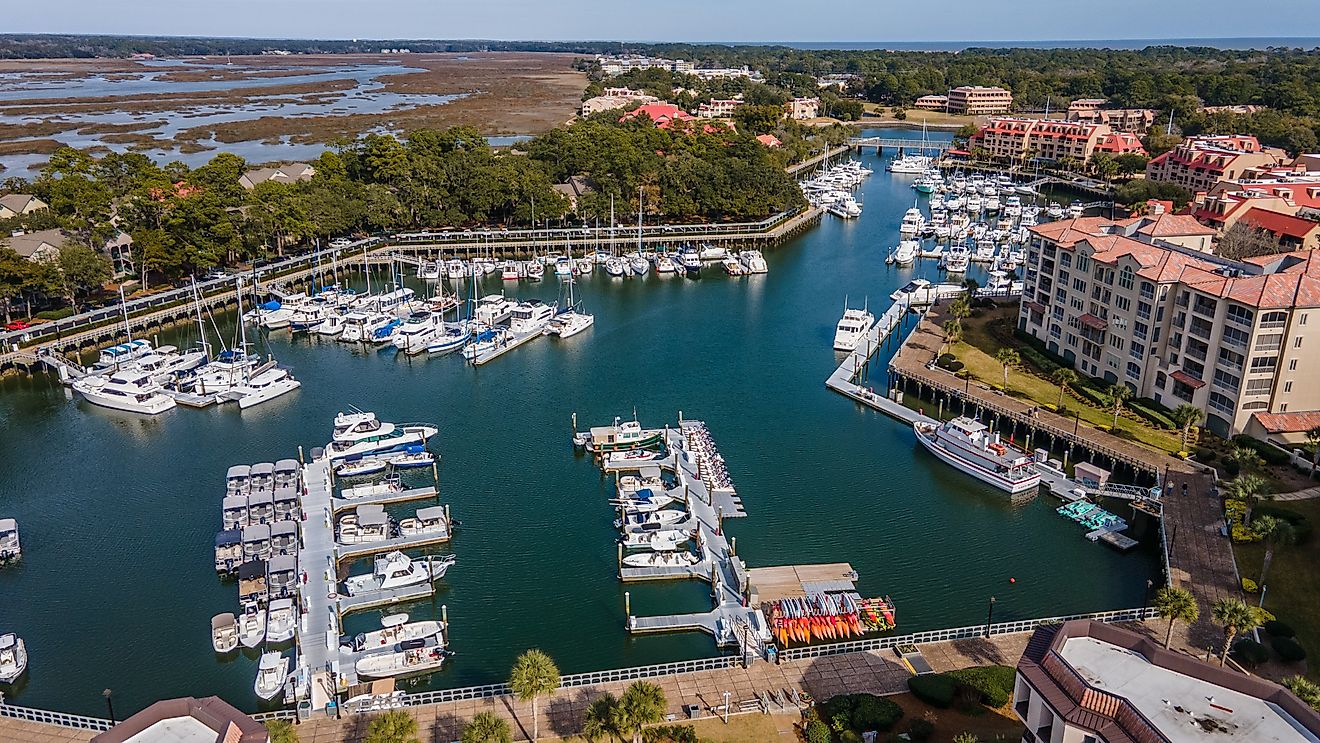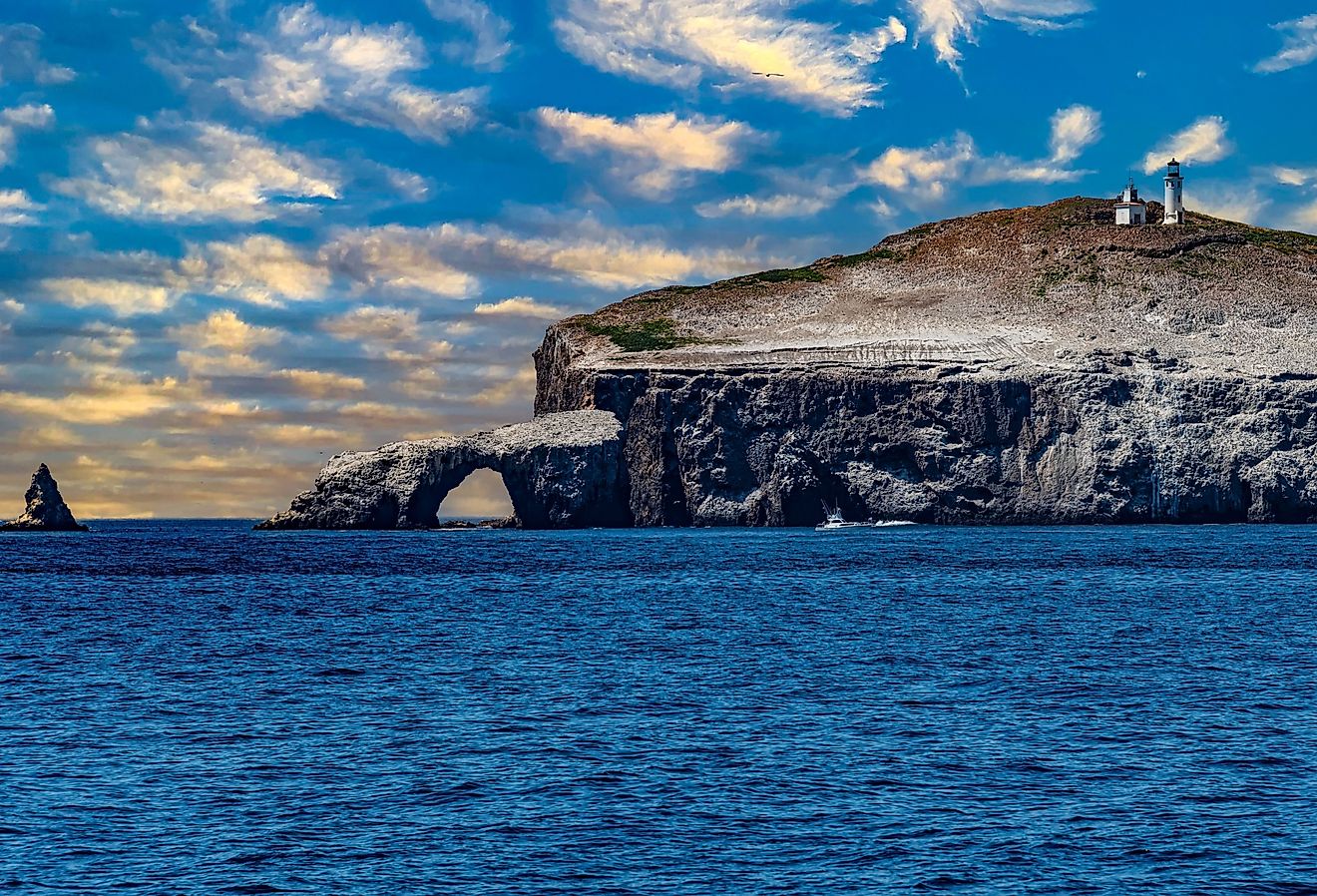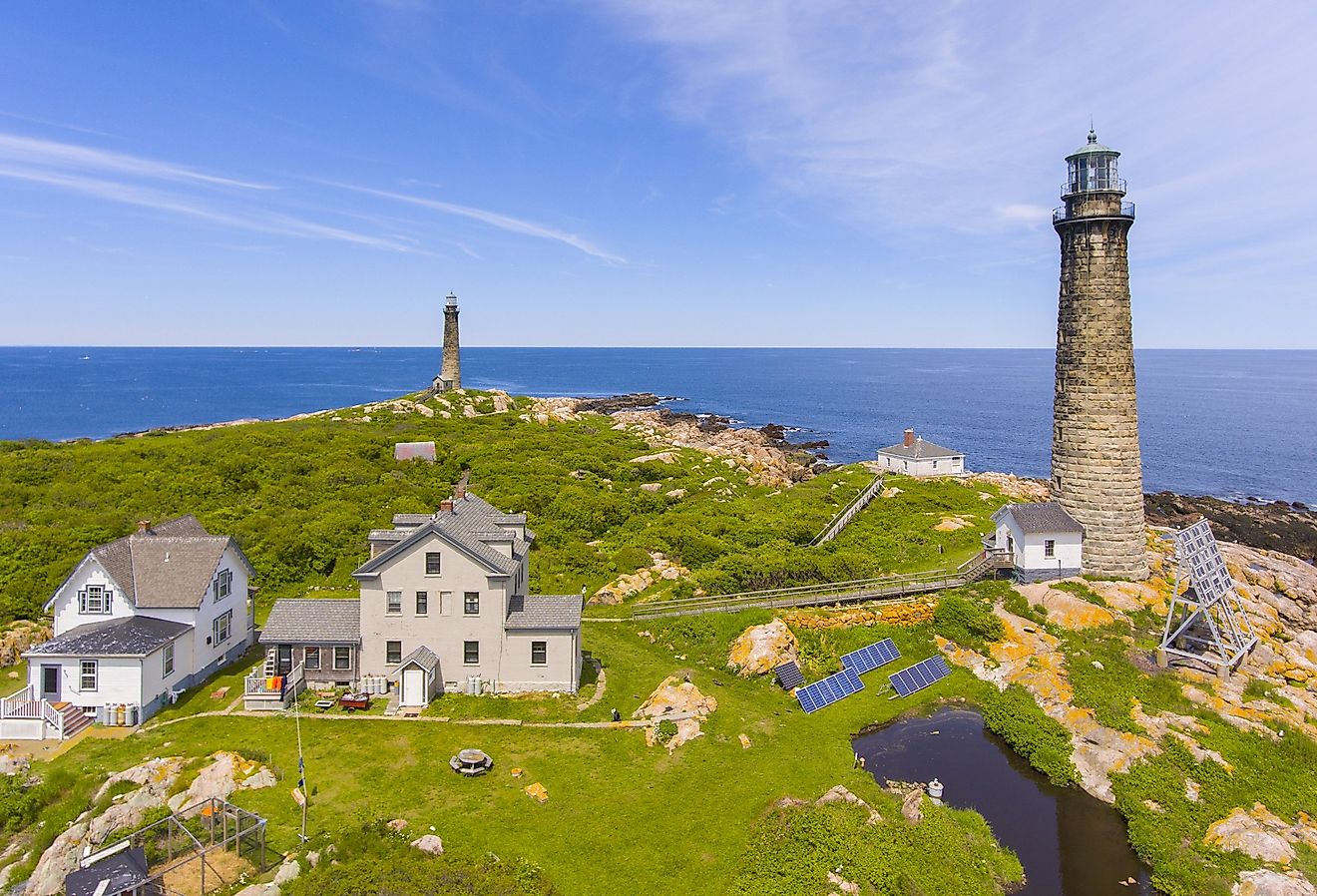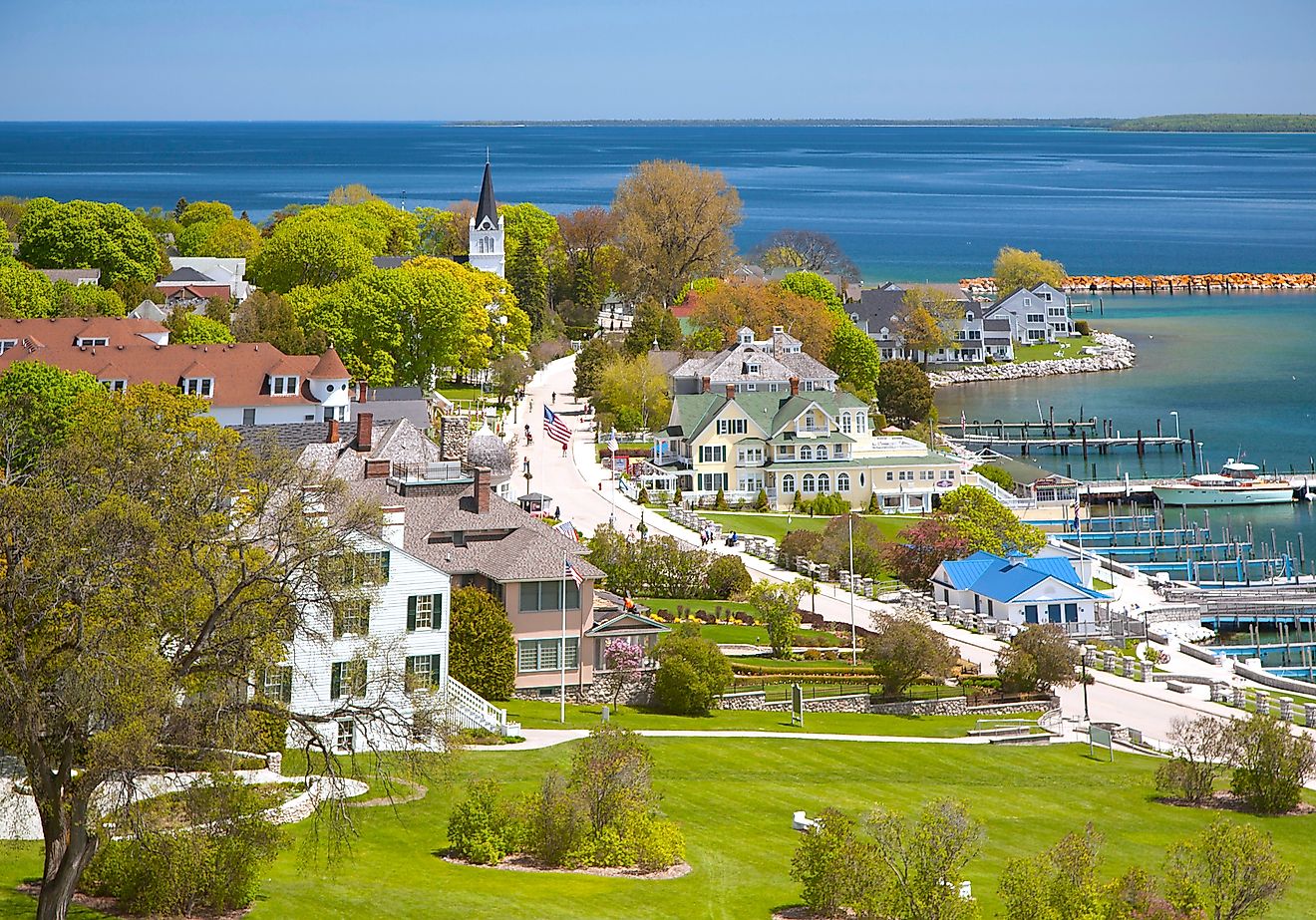
North Aegean Islands
The Aegean Sea is dotted by numerous islands and islets, the majority of which are administered by Greece and some by Turkey. The Aegean Sea islands are organized into seven principal groups, namely the North Aegean Islands, the West Aegean Islands, Sporades, Cyclades, Crete, Saronic, and Dodecanese Islands.
Contents:
- Geography Of The North Aegean Islands
- Samos
- Ikaria/Icaria
- Chios
- Lesbos
- Oinousses
- Psara
- Fournoi Korseon
- Agios Efstratios
Geography Of The North Aegean Islands

The North Aegean islands are the northernmost islands on the Aegean Sea. These islands are spread widely over a larger area in the northeastern part of the Aegean Sea and hence these disconnected islands do not form any group or chain. They are sometimes grouped together for the sake of administrative and tourist purposes. The Dodecanese Island group is located to its south while the Sporades and Cyclades Island groups are located to the west of the North Aegean islands.
The North Aegean Islands have been under permanent human settlement since 5,000 BCE, and due to their position in the Aegean Sea, these islands prospered as important centers for trade, economy, and culture.
The islands that form a part of the North Aegean Islands group include the Greek islands of Agios Efstratios, Chios, Fournoi Korseon, Ikaria, Kastellorizo, Lesbos, Lemnos, Oinousses, Psara, Rhodes, and Samos; as well as the Turkish islands of Imbros (Gökçeada), Rabbit, and Tenedos (Bozcaada). The Greek islands of Samothrace and Thasos that are located in the Thracian Sea are also geographically a part of the North Aegean Islands.
Samos

Covering an area of 477.4 km2, the mountainous Greek island of Samos is the birthplace of the famous mathematician Pythagoras, the philosophers Epicurus and Melissus of Samos, and the astronomer Aristarchus of Samos. It also houses the notable archaeological sites of Pythagoreion and Heraion. The island features the two large massifs of Ampelos and Mount Kerkis. A major portion of the island is covered by vineyards. Samos is separated from the Anatolian Peninsula by a 1.6 km strait.
Ikaria/Icaria

The island was named after the mythological Icarus, son of Greek architect Daedalus. With an area of 255.3 km2, the island contains several archaeological sites, natural landmarks, and hot springs. The island’s highest point reaches an elevation of 1,037 m in the Aetheras Mountain range. Though it is a Greek island, it remained under the Ottoman Empire after Greece's independence. Icarians achieved independence from the Ottomans by force in 1912, and after five months of economic uncertainty, the island joined the Greek Kingdom.
Chios

Covering an area of 842.3 km2, Chios is the fifth-largest Greek Island. Chios is also referred to as the "Mastic Island" because a natural resin is collected from the mastic trees that are cultivated in the southern part of the island. During the Greek War of Independence, Chios was the site of a large massacre where tens of thousands of Greeks lost their lives.
Lesbos

Covering an area of 1,633 km2, this roughly triangular-shaped Greek island was home to the famous ancient Greek poet, Sappho. It is due to Sappho's association with homosexuality that the time "Lesbian" was derived from the name of this island. Located in the southeastern part of Lesbos island is Mytilene which serves as the island’s capital and its principal port, as well as the administrative center of the entire North Aegean region. Lesbos is the third-largest Greek island.
Oinousses

Oinousses is a cluster of one large and eight small islands that are positioned about 2 km off the northeastern coast of Chios and about 8 km to the west of Turkey. The island houses a small Maritime Museum that displays the historic maritime traditions of the island. The inhabitants of the islands have long been renowned for their boatbuilding and success in the industrial transportation industry.
Psara

Covering an area of 44.5 km2, the small island of Psara forms a part of the Chios regional unit. The island’s highest point is “Profitis Ilias” which rises to an elevation of 512 m. Psara played an important role during the Greek War of Independence. In 2011, its population was only 448 people.
Fournoi Korseon

The Fournoi Korseon is a small archipelago that forms a part of the Ikaria regional unit. The inhabited islands of the archipelago include the main island of Fournoi and the smaller islands of Thymaina and Agios Minas. Since this archipelago was a hub of the ancient world, a ship graveyard has been discovered in the sea surrounding the islands totalling 58 ships dating back as far as the fourth century BCE.
Agios Efstratios
Agios Efstratios is a small isolated volcanic island that forms a part of the Lemnos regional unit along with the Lemnos island and its neighboring islets. The island was named in the honor of Saint Eustratius who lived in exile on the small island. Agios Efstratios experiences an arid climate.





